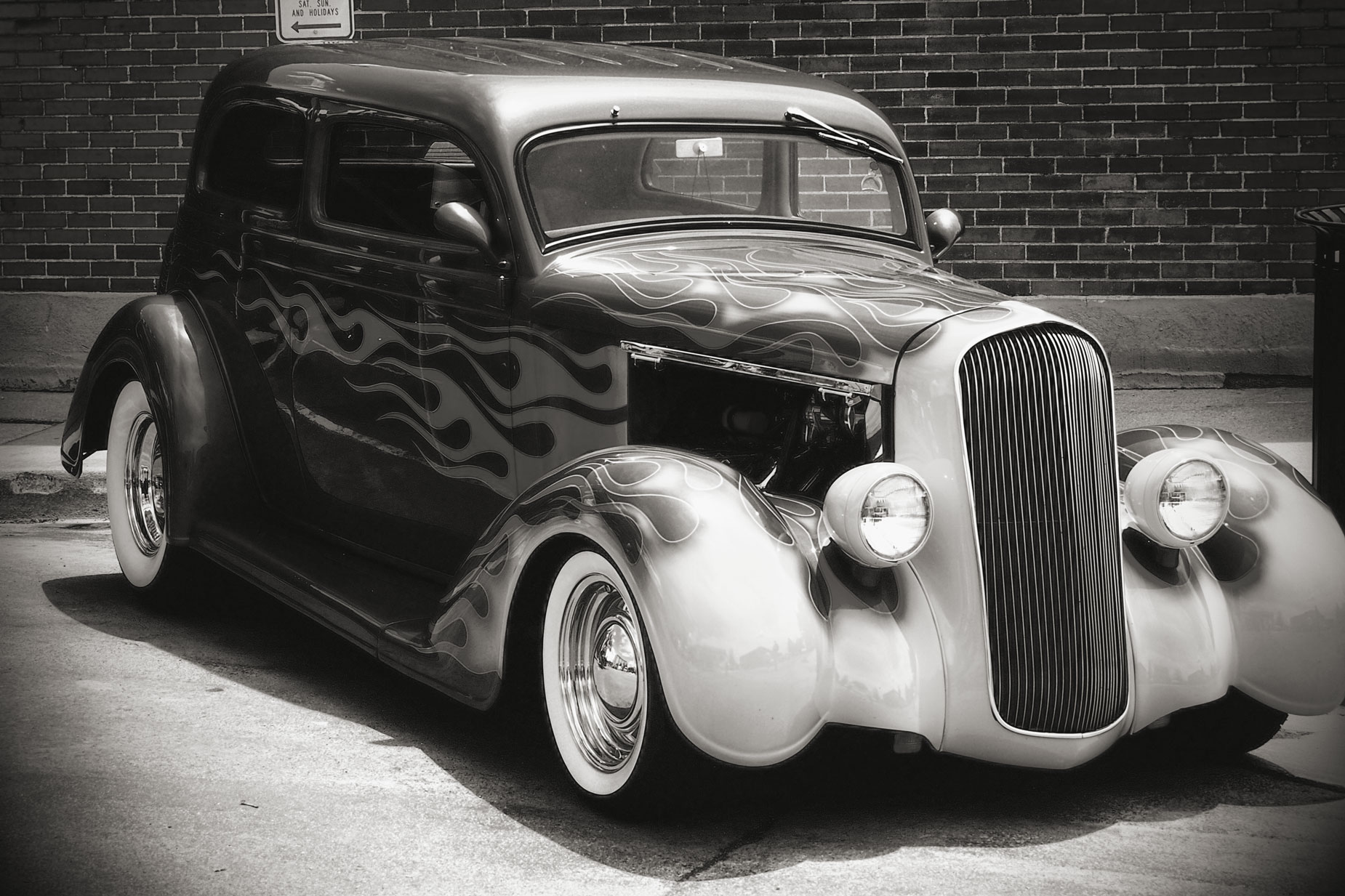Today’s Post by Joe Farace
Everything in life is somewhere else, and you get there in a car.—E. B. White
These days most DSLRs and mirrorless cameras that have direct monochrome capture options also let you apply digital filters to produce an effect as if you had placed a traditional colored filter in front of your lens. If you’re new to the world of camera filters for black and white photography, here’s a quick primer and how it will affect your images.
The World of (Digital) Filters
- A yellow filter slightly darkens the sky, emphasizing clouds and is primarily used for landscape photography or when shooting in snow. It can also be used to produce dynamic textures.
- An orange filter produces similar effects to the yellow filter but skies are darker and clouds are more defined. An orange filter can also be used for outdoor glamour photography or to produce smooth skin tones under incandescent light sources.
- The red filter produces dramatic landscapes with black skies and maximum contrast but in portrait or glamour work a subject’s lips may seem washed out. On the other hand, this filter can almost eliminate freckles and blemishes, if that’s a concern.
- A green filter lightens vegetation in landscape photography but doesn’t darken the sky as much as a red filter. With some portrait subjects, skin tones may be more pleasing but freckles and blemishes are more visible. I use this filter a lot for my glamour photography.

How I Made this Photo: The Olympus E-P3 has ten (total) color and monochrome Art Filters, several of which have multiple variants. You can even bracket art filters shooting all ten of them in a burst and is a great way to waste memory car space, which is what I did—for whatever reason —at the Father’s Day car show in Castle Rock, Colorado. The lens used was the Olympus M.14-42mm f/3.5-5.6 II R kit lens with an exposure of 1/250 sec at f/10 and ISO 200. The black and White JPEG was Platinum-toned in PhotoKit then a layer of Glamour Glow from Color Efex was added to enhance the vintage look
While you could always use real color filters on your camera’s lens to achieve the same effects there are some distinct advantages to using digital filters: While in-camera metering systems automatically take filter factors (see below) into consideration, you still have to look through and compose through a densely colored filter. A purely digital solution is an easier one to live because the exposure for no filter will be identical to one with a dark red filter.

My book Creative Digital Monochrome Effects is available from Amazon and (I think, anyway) is a fun read. There’s even a chapter on infrared photography. It’s available for $16.16 but bargain shoppers can pick up used copies starting at around seven bucks. No Kindle version is available at this time, sorry to say.